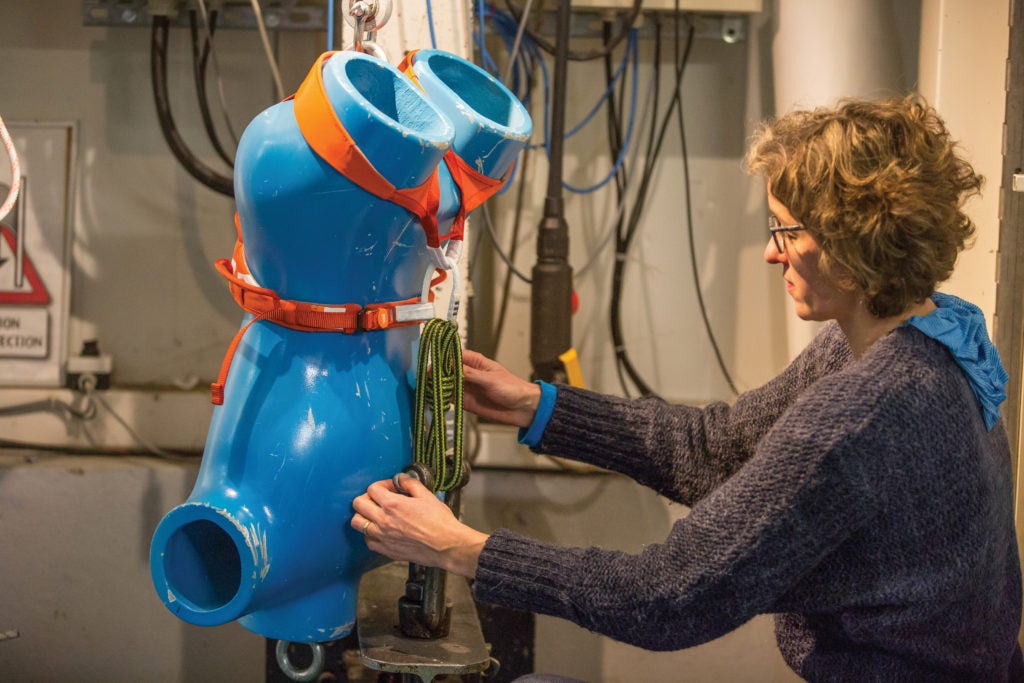here's how i maximize safety for me
always climb with lineman's belt and tether on tree and use best practices/minimize slack
at height, i turn my lineman's lanyard into a secondary tether with just enough slack that it does not interfere with my primary tether (a few inches of slack) or bind up
i use a climbing rated nylon sling to attach the secondary tether to a part of my saddle that is strong enough to hold me but not my bridge (so that the secondary tether is truly redundant.....with only single point of failure being the back webbing of the saddle or i slip out of the saddle altogether)
then just be ultra vigilant and know that it CAN happen to you....no climbing overly tired, hurried, mad, etc.....act like your life depends on every move because it does
oh, and keep your waist belt and leg straps reasonably tight



